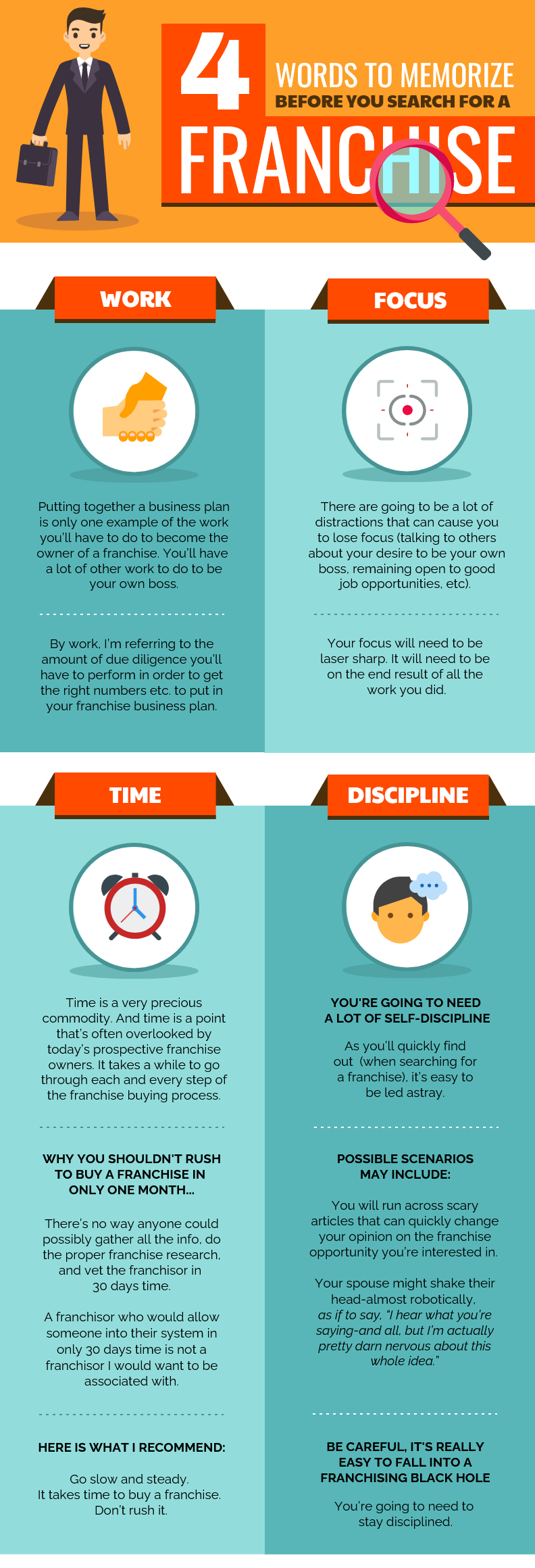Types Of Business Models
Introduction
There are many different types of business models to choose from (including making your own hybrid that includes elements from multiple categories).
Some Business Models (17)
1. One-time upfront-charge plus maintenance (customers pay a large upfront charge to obtain the product, with the option to secure upgrades and maintenance of the product for an ongoing fee)
2. Cost plus (the customer pays a set percentage of the cost of producing the product)
3. Hourly rates (rewards activity as opposed to performance)
4. Subscription or leasing (a set payment for a certain period of time; some variations of this include
- time period commitment (like annual or multi-year, month-to-month, etc)
- prepayment (payment upfront for delivery of product in the future))
5. Licensing (receiving a royalty for your IP, eg around 5%)
6. Consumables (usually a low upfront cost, with on-going cost based on consumer's usage that they control, ie the amount of consumable that needs to be purchased is directly related to usage like printers (sold 'cheaply') and the ink cartridges (sold expensively, ie high margin))
7. Upsell with higher-margin products (similar to consumables, ie
"... Central product is sold at a very low margin, but the overall margin is increased from the sale of very high margin add-on products..."
Bill Aulet, 2013a
Some add-ons can include warranty extension, accessories, etc.
Some examples include consumer electronics (like cameras), websites, new car sales.)
8. Advertising (the ability to attract and retain a desirable demographic; can mean monetarised through third parties who want access to the customers attracted; some example include Google, LinkedIn, etc)
9. Reselling the data collected - or temporary access to it (similar to the advertising model,
"...reselling user data requires first attracting you me in the at the is in his or her at a renewed that L it is at that in him and he or talking on him. It is thatusers with a free product, then receiving money from third parties who pay for access to the demographic and other information about your users..."
Bill Aulet, 2013a
Some examples include LinkedIn which sells a special package for recruiters to have access to LinkedIn's data.)
10. Paying or receiving a commission (generally based on a percentage of sales; can be for referrals that lead to sales; some examples, credit cards, Ebay, etc)
11. Usage-based (charged by the amount used; some examples include government utilities (electricity, gas, water, etc), cloud computing)
12. 'Cellphone' plan (this involves
"...A predictable, recurring base fee charged in exchange for a certain amount of committed usage, with additional charges, often at a much higher marginal rate, if the customer uses more than their allotted amount..."
Bill Aulet, 2013a
13. Parking meter or penalty charges (low initial fee with high penalty rates; some examples include
- parking meters (that have a low hourly rate; however, if you exceed the time, the penalties, ie fines, are proportionally vey high)
- late fee (an example was Blockbuster with videos returned late; credit cards payment behind schedule, etc))
14. Microtransactions (customer is asked to provide their credit card details and then make a very small transaction for goods, usually digital; these goods have virtually no marginal cost)
15. Shared savings (customer only pays once they have realised the savings or benefits from the product; can be a challenge to determine how much saving occurs; used in venture capital where stakeholders can get a percentage of the profit)
16. Franchise (get paid a percentage of the sales and/or receive a large initial upfront fee in return for providing the knowledge (IP, brand, etc), the products, etc that have been developed)
17. Operating and maintenance (rather than selling a product, you get paid a fee for running their operation eg a plant, factory, etc; like a consulting agreement)
NB The above list is not exhaustive.
Franchise

(source: https://infograph.venngage.com)
